Home>Garden Essentials>How To Get Leaves Out Of Ground Cover
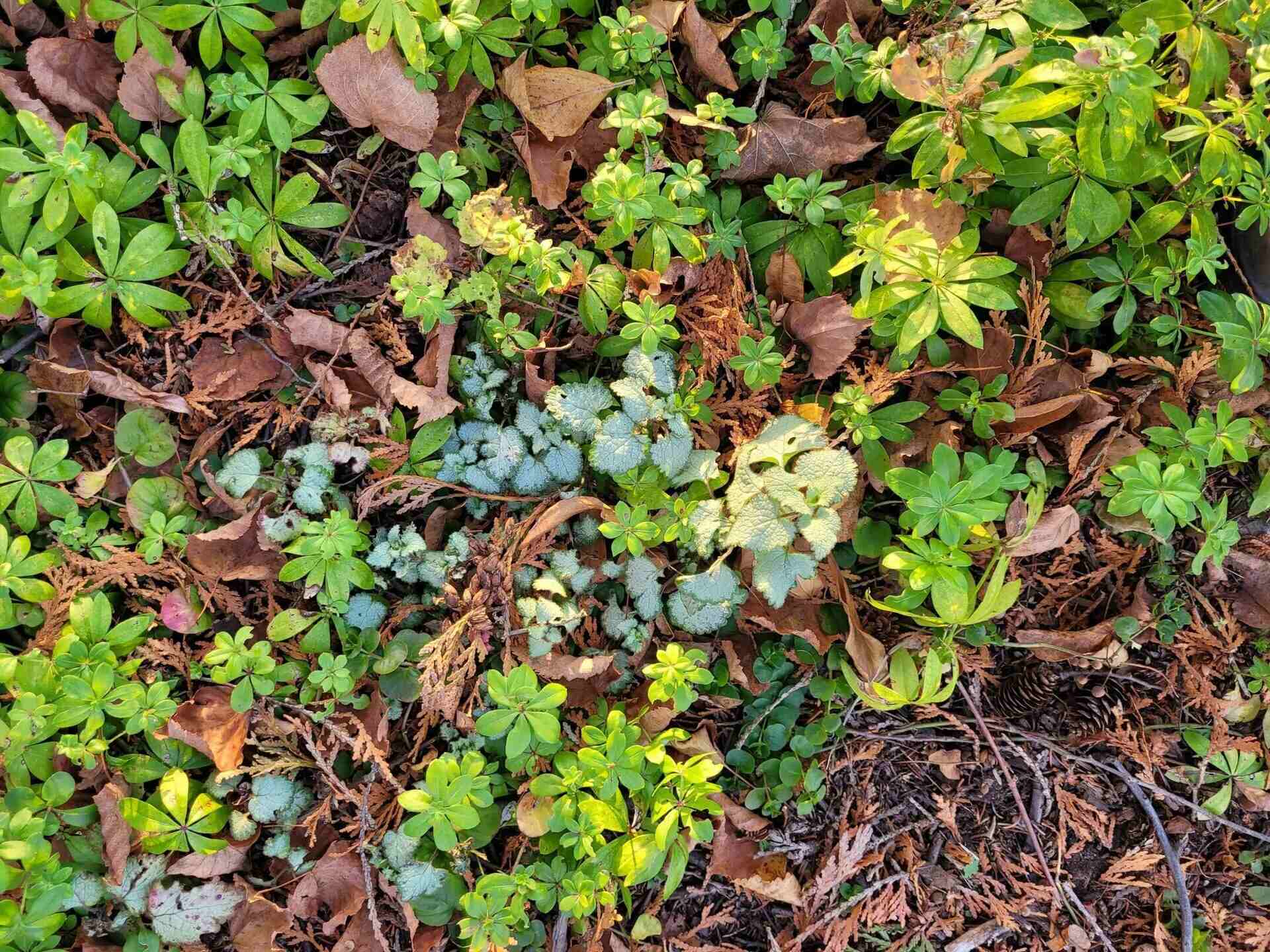

Garden Essentials
How To Get Leaves Out Of Ground Cover
Modified: March 7, 2024
Learn how to effectively remove leaves from your garden ground cover with our step-by-step guide. Keep your garden looking neat and vibrant!
(Many of the links in this article redirect to a specific reviewed product. Your purchase of these products through affiliate links helps to generate commission for Storables.com, at no extra cost. Learn more)
Introduction
Welcome to the world of gardening! One of the joys of maintaining a garden is the beauty and tranquility it brings to our outdoor space. However, as nature takes its course, leaves tend to accumulate in various areas of our garden, including ground covers. While leaves can add a rustic charm to your garden, excessive leaf build-up can prevent your ground covers from thriving and hinder their growth. So, how can you effectively get leaves out of your ground cover without damaging the plants underneath? In this article, we will provide you with a comprehensive guide on how to achieve just that.
By following our step-by-step instructions, you’ll be able to successfully clear your ground covers of unwanted leaves while preserving the health and beauty of your garden. So, grab your gardening tools and let’s get started!
Key Takeaways:
- Keep your ground cover healthy and beautiful by using methods like raking, blowing, mulching, and handpicking to remove leaves without harming your plants. Embrace the joy of a well-maintained garden!
- If leaf removal becomes overwhelming, consider hiring professional help for efficient and stress-free maintenance. Research, get quotes, and communicate your needs for a pristine garden with minimal effort.
Read more: How To Get Rid Of Ground Cover Vines
Step 1: Raking
Raking is one of the most basic and effective methods for removing leaves from your ground cover. It’s a great place to start because it doesn’t require any special equipment, and it allows you to manually remove the leaves, ensuring you don’t harm any delicate plants in the process.
To begin, you’ll need a sturdy garden rake with flexible tines. Start by gently raking the surface of your ground cover, being careful not to dig too deeply and disturb the plants below. Use long, sweeping motions to gather the leaves into piles. Once you’ve gathered a pile, use the rake to scoop them up and transfer them to a garden waste bag or compost bin.
Repeat this process across your entire ground cover area, gradually working your way from one end to the other. Take care not to overload your rake with leaves, as this can make it more difficult to transfer them to the waste bag. Instead, aim for smaller, manageable piles that can be easily collected.
It’s important to note that when raking, you may encounter some resistance from the ground cover itself. In this case, gently lift the leaves with your rake, taking care not to damage the plants or roots. If you notice any patches where the ground cover has started to grow over the leaves, delicately separate the foliage, allowing access to the hidden leaves.
Keep in mind that raking may not be suitable for all types of ground covers, especially those with delicate or shallow roots. If you are unsure whether raking is appropriate for your ground cover, it’s best to consult with a gardening expert or consider alternative methods.
Step 2: Blowing
If you have a larger garden or a substantial amount of leaves covering your ground cover, using a leaf blower can be a quicker and more efficient method of leaf removal. A leaf blower uses a powerful stream of air to move the leaves, making it easier to gather them into piles or direct them away from your ground cover.
To get started, ensure you have a leaf blower with a powerful airflow and adjustable speed settings. Begin by standing at one edge of your ground cover and point the leaf blower towards the leaves. Gradually increase the speed and aim the airflow underneath the leaves, causing them to move and collect in a desired area.
As the leaves accumulate, use the leaf blower in a sweeping motion to guide them into neat piles. Be mindful of any delicate plants or flowers and avoid directing the airflow directly at them to prevent damage. Once you’ve gathered the leaves into piles, use a rake or your hands to transfer them to a waste bag or compost bin.
Leaf blowers can be especially useful for ground covers with thicker foliage, where manually raking the leaves may be more challenging. However, it’s important to exercise caution when using a leaf blower, as the powerful airflow can cause damage to fragile plants or disrupt the surrounding soil.
Additionally, be mindful of your surroundings when using a leaf blower. Ensure that the direction of the wind is taken into account to avoid blowing leaves into neighboring properties or sensitive areas of your garden. It’s always a good idea to check with local regulations regarding leaf blower usage before operating one.
Using a leaf blower can be a time-saving method for clearing leaves from your ground cover, making it an excellent option for larger areas or for those with physical limitations that may make manual raking more challenging.
Step 3: Mulching
Mulching is not only a great way to suppress weed growth and retain moisture in your garden, but it can also help with leaf removal. Mulching involves spreading a layer of organic material, such as shredded leaves or wood chips, over the surface of your ground cover.
To use mulching as a leaf removal method, start by collecting dry leaves from your garden using a rake or leaf blower. Once you have a substantial amount of leaves, you can use a leaf shredder or run them over with a lawnmower to create finely shredded leaves.
Next, spread a layer of the shredded leaves or wood chips over your ground cover, ensuring a thickness of about 2 to 3 inches. The mulch will act as a natural barrier, preventing new leaves from settling into the ground cover while also helping to decompose and enrich the soil over time.
The mulch will also help to insulate the ground cover, protecting it from extreme temperatures and reducing water loss through evaporation. Additionally, the mulch will break down over time, adding nutrients to the soil and promoting healthy growth for your ground cover.
One of the benefits of using mulch for leaf removal is that it not only cleans up the existing leaves but also offers long-term benefits for your garden. It’s a sustainable and organic option that helps create a healthier environment for your plants.
Keep in mind that mulching should be done during the appropriate seasons and with the right materials for your specific ground cover. Some ground covers may benefit from different mulch types, so it’s always recommended to do some research or consult with a local gardening expert to ensure you’re using the right mulch for your plants.
By utilizing mulching as a leaf removal method, you can not only keep your ground cover clean and tidy but also create a more vibrant and flourishing garden overall.
Step 4: Using a Leaf Vacuum
If you prefer a more advanced and efficient method for removing leaves from your ground cover, using a leaf vacuum can be a great option. A leaf vacuum is a powerful machine specifically designed to suck up leaves and other debris.
To utilize a leaf vacuum, ensure you have access to one with a collection bag or container. These machines typically have a nozzle that you can adjust to control the suction power. Start by turning on the leaf vacuum and adjusting the nozzle to a comfortable height for you to maneuver.
With the leaf vacuum turned on, begin slowly moving it across the surface of your ground cover, focusing on the areas that have accumulated the most leaves. The vacuum will effectively suck up the leaves, depositing them into the collection bag as you go.
When using a leaf vacuum, it’s important to pay attention to any delicate plants or growth beneath the leaves. Adjust the suction power and be cautious when vacuuming over them to prevent any damage.
Once you’ve completed vacuuming the entire ground cover area, carefully detach the collection bag or container from the leaf vacuum. Transfer the collected leaves to a waste bag or compost bin for disposal or reuse as organic matter.
Using a leaf vacuum can be a time-saving method for leaf removal, particularly if you have a larger garden area or an abundance of leaves. However, it’s important to note that leaf vacuums may not be suitable for all types of ground covers, especially those with delicate foliage or shallow roots.
Before using a leaf vacuum, take some time to research and understand its operation and any specific considerations for your ground cover. If you’re unsure about using a leaf vacuum, it’s always a good idea to consult with a gardening expert for guidance.
By using a leaf vacuum, you can efficiently and effectively remove leaves from your ground cover, saving you time and effort while maintaining a clean and vibrant garden.
Use a leaf blower or rake to gently remove leaves from ground cover. Be careful not to disturb the plants or mulch. This will help maintain the appearance and health of the ground cover.
Read more: How To Get Rid Of Juniper Ground Cover
Step 5: Handpicking
For a more meticulous and hands-on approach to leaf removal, handpicking is the way to go. This method allows you to carefully select and remove individual leaves from your ground cover, ensuring minimal disruption to the plants underneath.
To get started with handpicking, you’ll need a pair of gardening gloves and some patience. Begin by inspecting your ground cover closely, paying attention to areas where leaves have accumulated. Look for any damaged, diseased, or yellowing leaves, as well as any debris or twigs.
Using your gloved hand, gently pluck the unwanted leaves from the ground cover, being careful not to disturb the surrounding plants. If the leaves are small and numerous, you can pinch them between your thumb and forefinger for more efficient removal.
As you handpick the leaves, place them directly into a waste bag or compost bin for disposal. This prevents them from falling back onto the ground cover or being blown around by the wind.
This method is particularly beneficial for ground covers with delicate foliage or plants that are easily damaged. Handpicking allows for precise control and ensures that only the necessary leaves are removed, while leaving the healthy ones intact.
For larger areas or if you have limited time, handpicking may not be the most practical option. However, incorporating this method into your routine maintenance can help you maintain the overall health and appearance of your ground cover.
Remember to take breaks as needed, as handpicking can be a meticulous process. Enjoy the opportunity to connect with your garden and appreciate its beauty up close as you carefully remove the leaves from your ground cover.
By handpicking the leaves, you can maintain a clean and visually appealing ground cover while ensuring the well-being of your plants.
Step 6: Using a Tarp
If you’re looking for a simple and efficient way to gather and collect leaves from your ground cover, using a tarp can be a practical solution. This method allows you to quickly gather leaves in one central location for easy disposal.
To use a tarp for leaf removal, start by laying it flat on the ground near the edge of your ground cover. Ensure that the tarp is large enough to accommodate the volume of leaves you expect to collect.
As you begin to clear the leaves, use a rake or your hands to gather them onto the tarp. Start at one end of the ground cover and work your way across, gradually moving the leaves towards the tarp. You can use the rake or your hands to guide the leaves onto the tarp, making sure not to damage any plants or disturb the soil too much.
Once you’ve collected a significant amount of leaves onto the tarp, carefully lift the edges and gather them towards the center, creating a bundle. This will allow you to easily transport the gathered leaves to a waste bag or compost bin for disposal.
Using a tarp is particularly helpful when you have a large area of ground cover or an excessive amount of leaves to remove. It speeds up the leaf removal process by centralizing the collected leaves, making it easier to gather and dispose of them.
When using a tarp, keep in mind that the larger the tarp, the more leaves it can accommodate. However, ensure that the tarp doesn’t become too heavy to lift and transport comfortably or risk tearing.
Additionally, be cautious when moving the tarp to prevent leaves from spilling off and scattering across your garden. Lift and carry the tarp carefully to minimize any leaf loss during transportation.
Using a tarp for leaf removal provides a practical and efficient solution, ensuring a clean and well-maintained ground cover with minimal effort.
Step 7: Hiring Professional Help
If you find that managing leaf removal from your ground cover is overwhelming or simply don’t have the time or physical ability to do it yourself, hiring professional help can be a wise decision. Experienced gardeners or landscaping professionals can efficiently clean and maintain your ground cover, leaving you with a pristine and hassle-free garden.
When hiring professional help for leaf removal, consider the following:
- Research: Take the time to research and find reputable gardening or landscaping companies in your area. Look for reviews, testimonials, and examples of their work to ensure they have a track record of providing quality services.
- Get Multiple Quotes: Reach out to several companies and request quotes for leaf removal services. This will allow you to compare prices and services offered to make an informed decision.
- Specify Your Needs: Clearly communicate your requirements and expectations to the professionals. Let them know the size of your ground cover area, the type of plants you have, and any specific concerns or preferences you may have.
- Ask About Methods: Inquire about the methods they use for leaf removal and ensure they align with your goals. Discuss any specific concerns, such as preserving delicate plants, minimizing soil disturbance, or utilizing eco-friendly practices if that’s important to you.
- Check Credentials: Verify that the professionals you hire have the necessary licenses, insurance, and certifications. This will give you peace of mind and protect you from any liability.
- Schedule Regular Maintenance: Consider setting up a regular maintenance schedule with the professionals to ensure your ground cover remains in optimal condition throughout the year.
Hiring professionals for leaf removal not only saves you time and effort but also ensures that the task is done correctly and efficiently. They have the knowledge, experience, and equipment necessary to handle all aspects of leaf removal, allowing you to enjoy a well-maintained garden without the stress.
Remember to discuss pricing, scheduling, and any additional services you may require with the professionals to ensure a smooth and satisfactory agreement.
By outsourcing your leaf removal needs to professionals, you can confidently maintain a beautiful ground cover with minimal effort and maximize your enjoyment of your garden.
Conclusion
Keeping your ground cover free of leaves is not only essential for its health and growth but also for the overall aesthetic appeal of your garden. With the variety of methods available for leaf removal, you can choose the approach that suits your needs and preferences.
Raking, blowing, mulching, using a leaf vacuum, handpicking, using a tarp, or hiring professional help are all effective ways to get leaves out of your ground cover. Each method has its advantages, and you can mix and match them based on the size of your garden, the amount of leaves, and the type of ground cover you have.
Remember to always consider the well-being of your ground cover and the plants it supports. Take care not to damage the plants or disturb the soil excessively during the leaf removal process.
Furthermore, if you’re facing any challenges or uncertainties in managing your ground cover or leaf removal, don’t hesitate to consult with a gardening expert or a professional landscaping service. They can provide guidance, advice, and assistance to ensure the optimal care and maintenance of your ground cover.
By following the steps outlined in this guide and finding the method that works best for you, you’ll be able to maintain a clean, healthy, and visually pleasing ground cover. Embrace the joy of a well-maintained garden and enjoy the beauty and tranquility it brings to your outdoor space.
So, grab your tools, get into action, and create a thriving ground cover that enhances the beauty of your garden!
Frequently Asked Questions about How To Get Leaves Out Of Ground Cover
Was this page helpful?
At Storables.com, we guarantee accurate and reliable information. Our content, validated by Expert Board Contributors, is crafted following stringent Editorial Policies. We're committed to providing you with well-researched, expert-backed insights for all your informational needs.



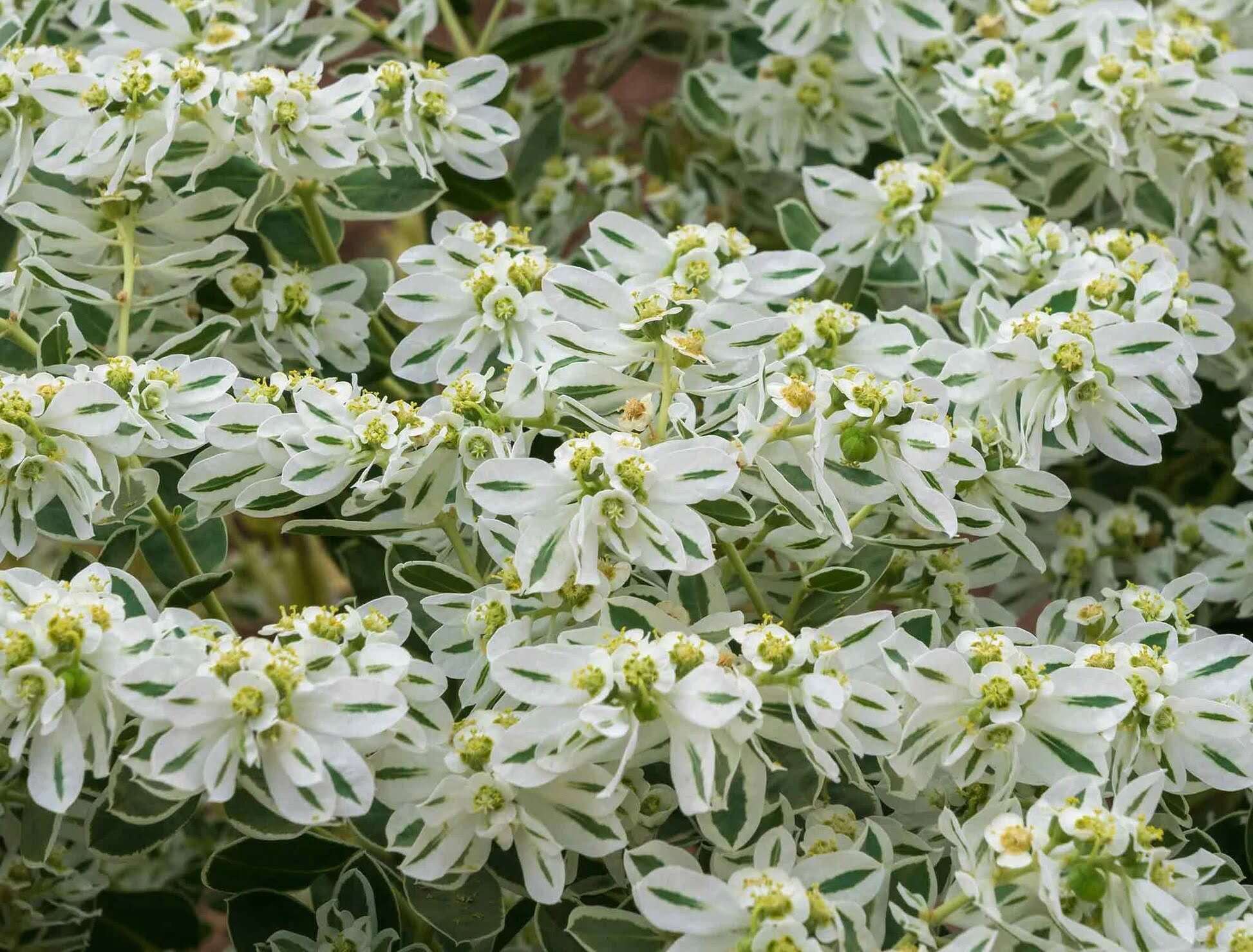


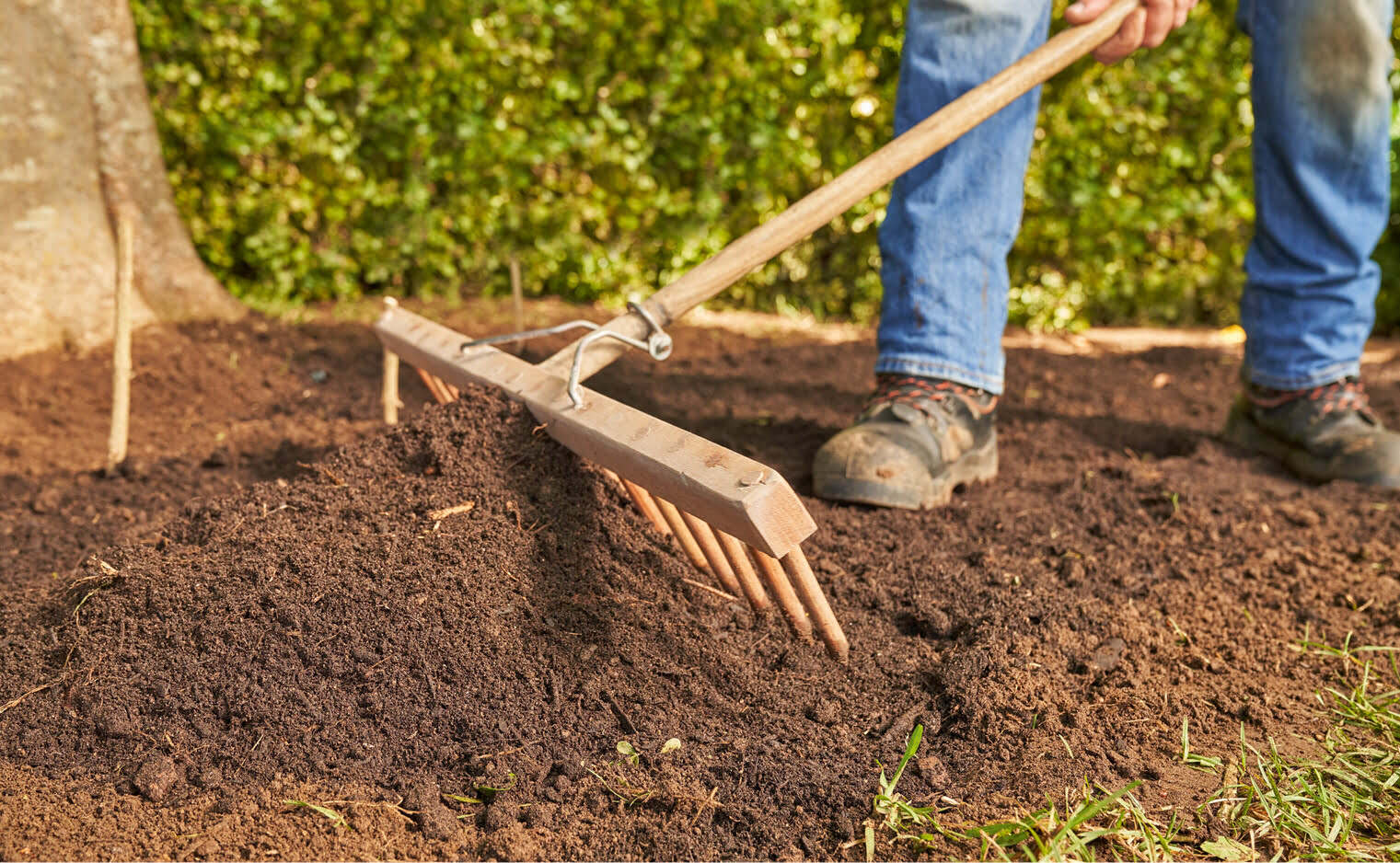
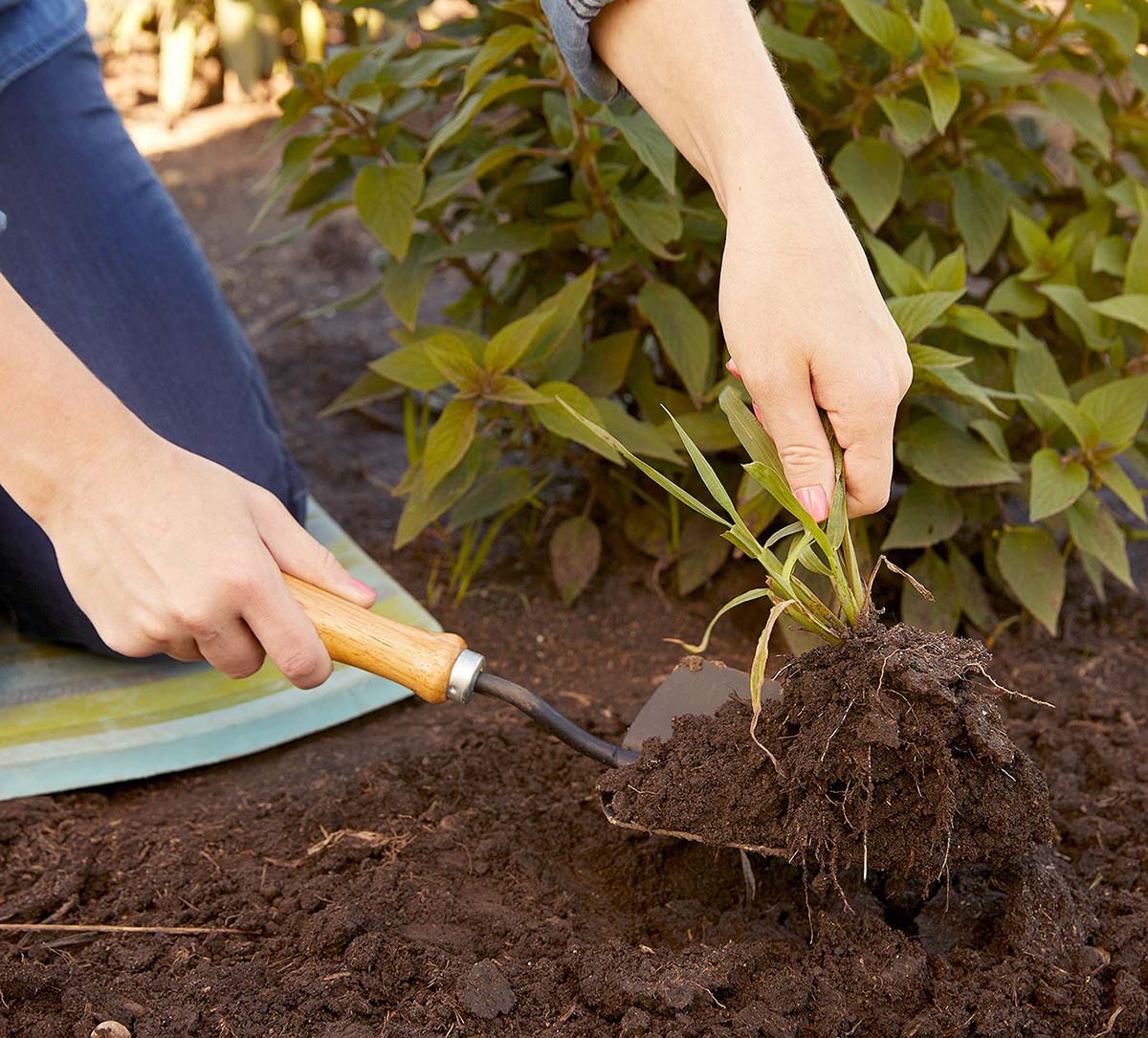
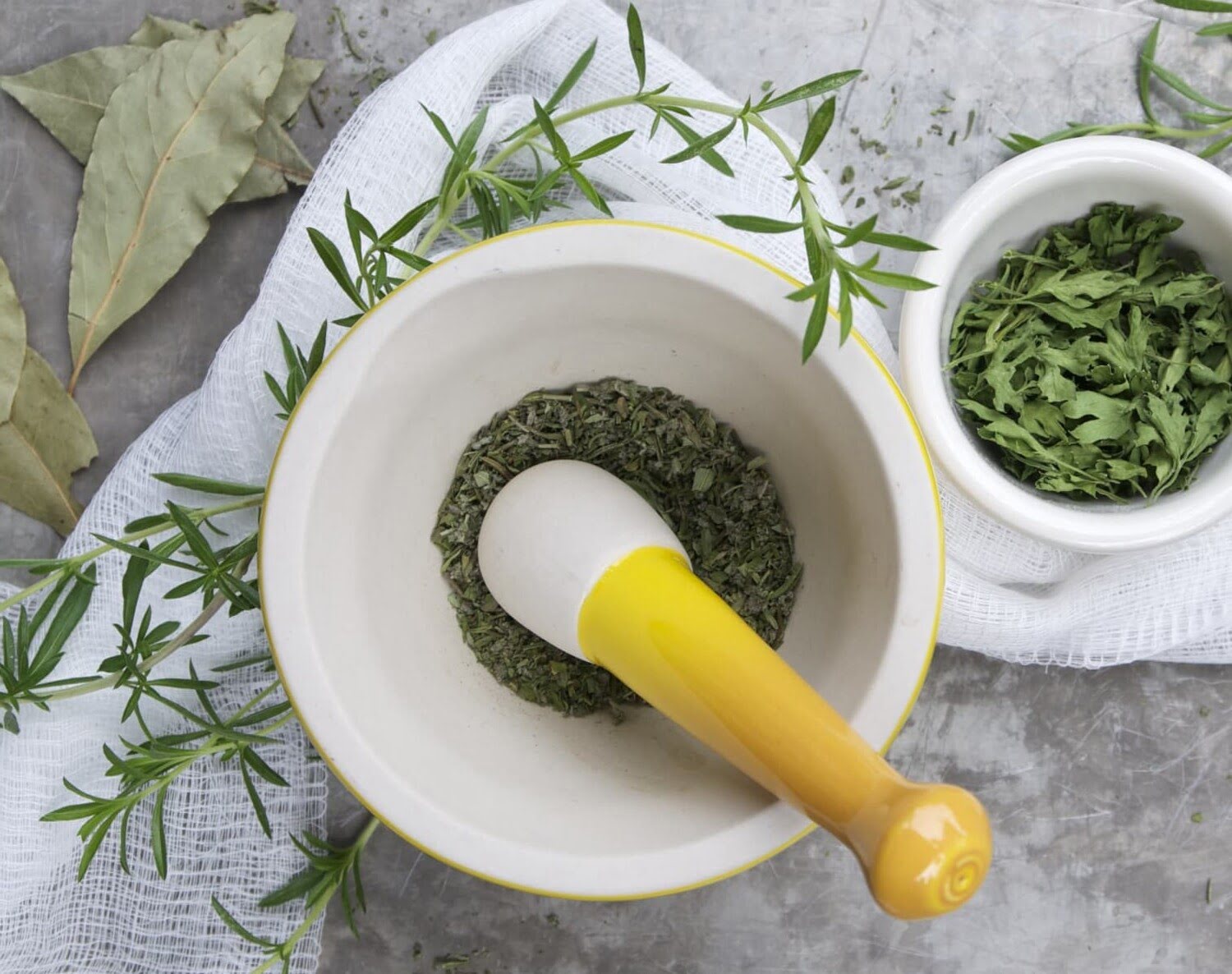
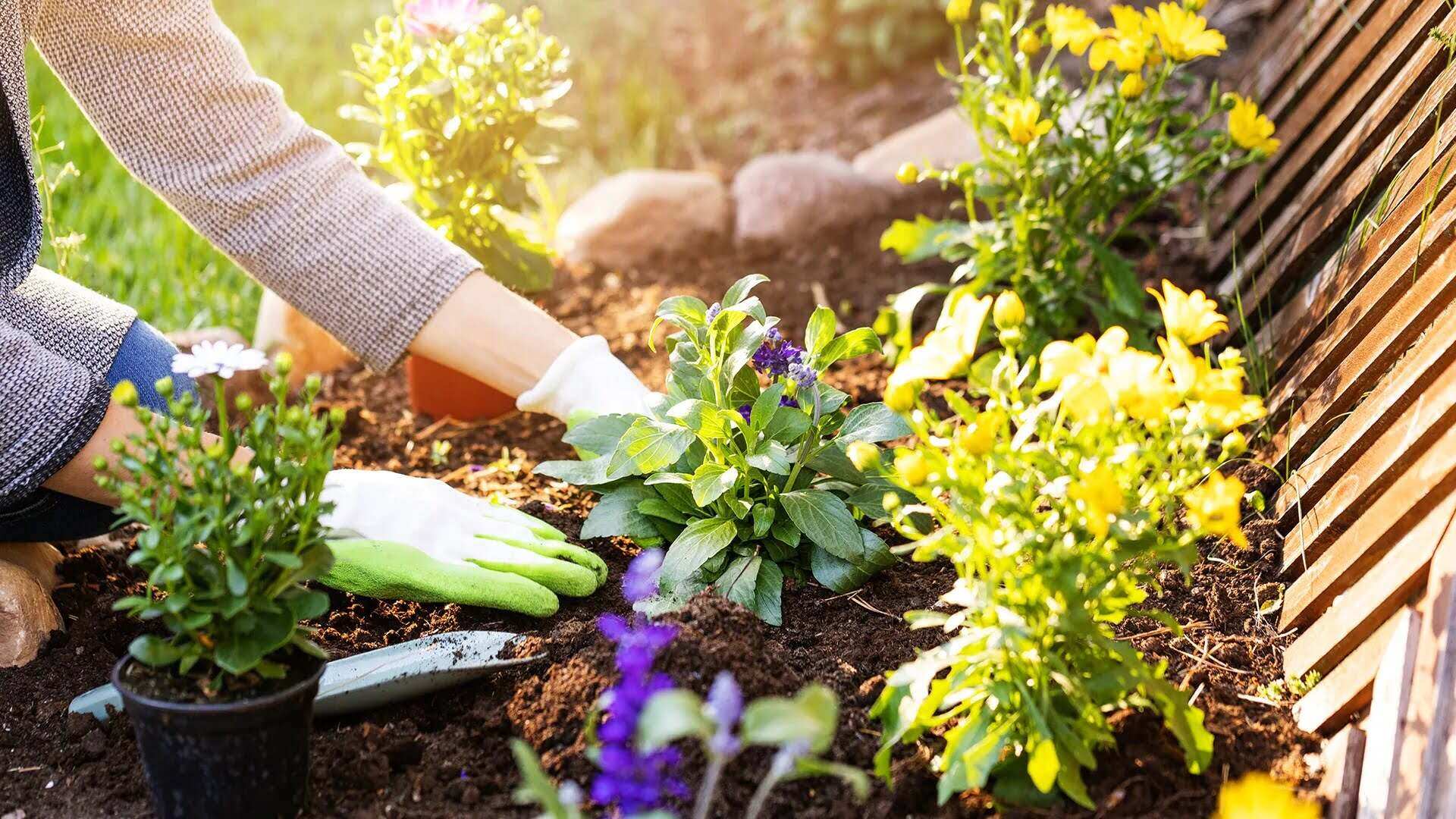



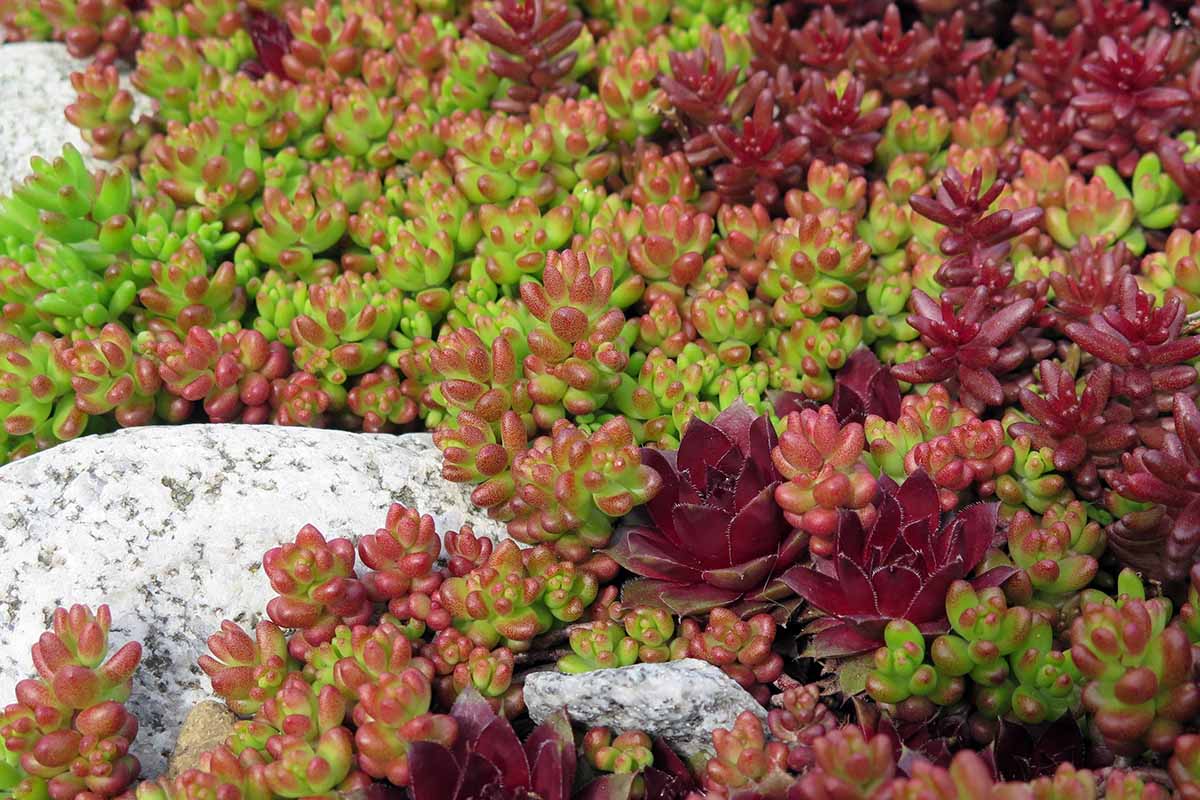

0 thoughts on “How To Get Leaves Out Of Ground Cover”